Journal
With over 90 years of experience, Blue Book was founded on the belief that selling the most beautiful houses in England demands particular care and attention for both the properties and the people involved. The decision to sell such a home is never without complex emotions. For this reason they operate sensitively, guiding clients through the challenges associated with passing these magical homes to their new owners.
They operate out of London yet live in the country. While a local operator may feel like an intuitive choice, having a London-based representative with a global network of buyers is reassuring. Blue Book is renowned for its curation of beautiful properties for sale; they are defined by quality, rather than price, geography or condition.
Our founder and creative director, Nick Anderson, sat down with Blue Book Agency to discuss how Guild Anderson approach each project and how as a company we also have a more refined understanding for how to meet the needs of a modern family moving to a period country house.
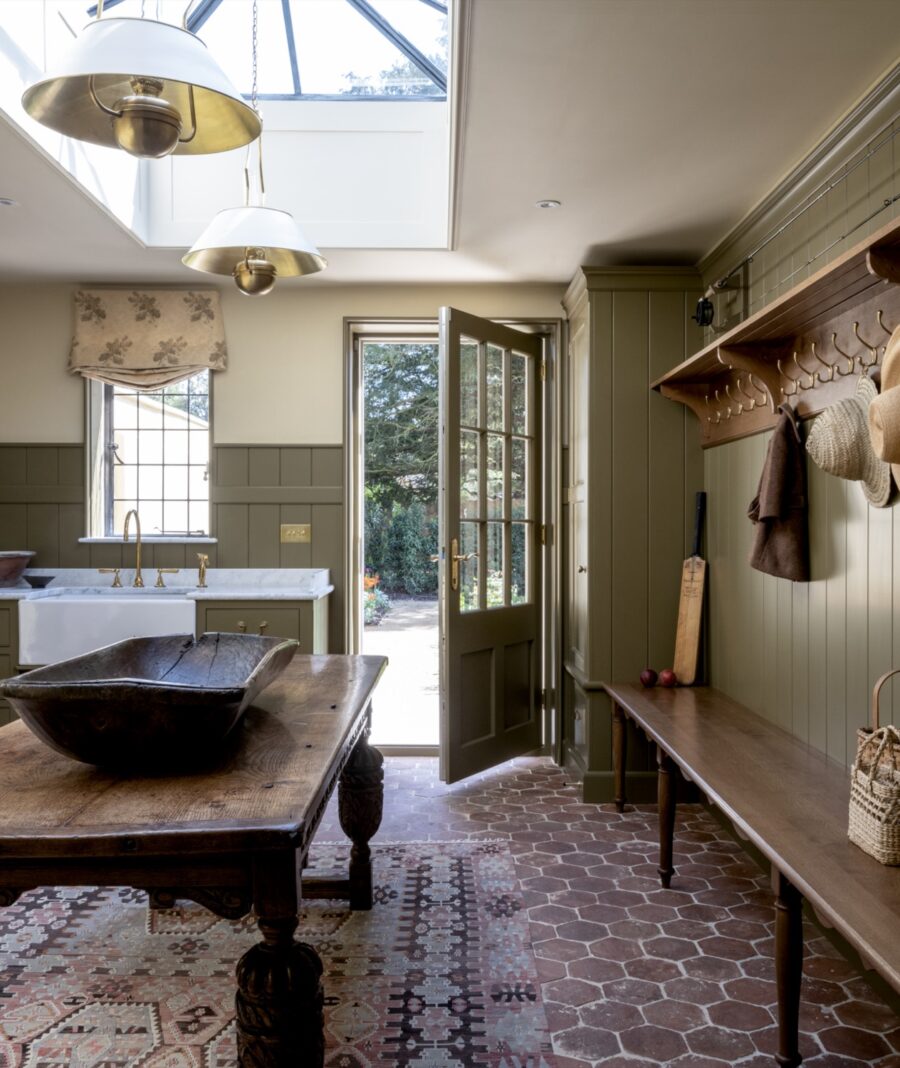
A fresh approach
Designing modern rooms to sit comfortably alongside period architecture requires a fresh approach to tradition, according to Nick Anderson.
Most of England’s most celebrated country houses, from the huge to the humble, were built between the late 16th and early 20th century; periods when people and their priorities were very different. Almost all houses and estates were brimming with staff. Smaller country houses had a housekeeper and a cook; larger estates supported an entire ecosystem of workers, from kitchen staff to butlers, maids, groundskeepers, estate managers and estate joiners.
Times have very much moved on, and modern families now have very different priorities. However, for many of those fortunate to live in a country house there can sometimes be a mismatch between how they live and how their house was originally designed to be lived in.
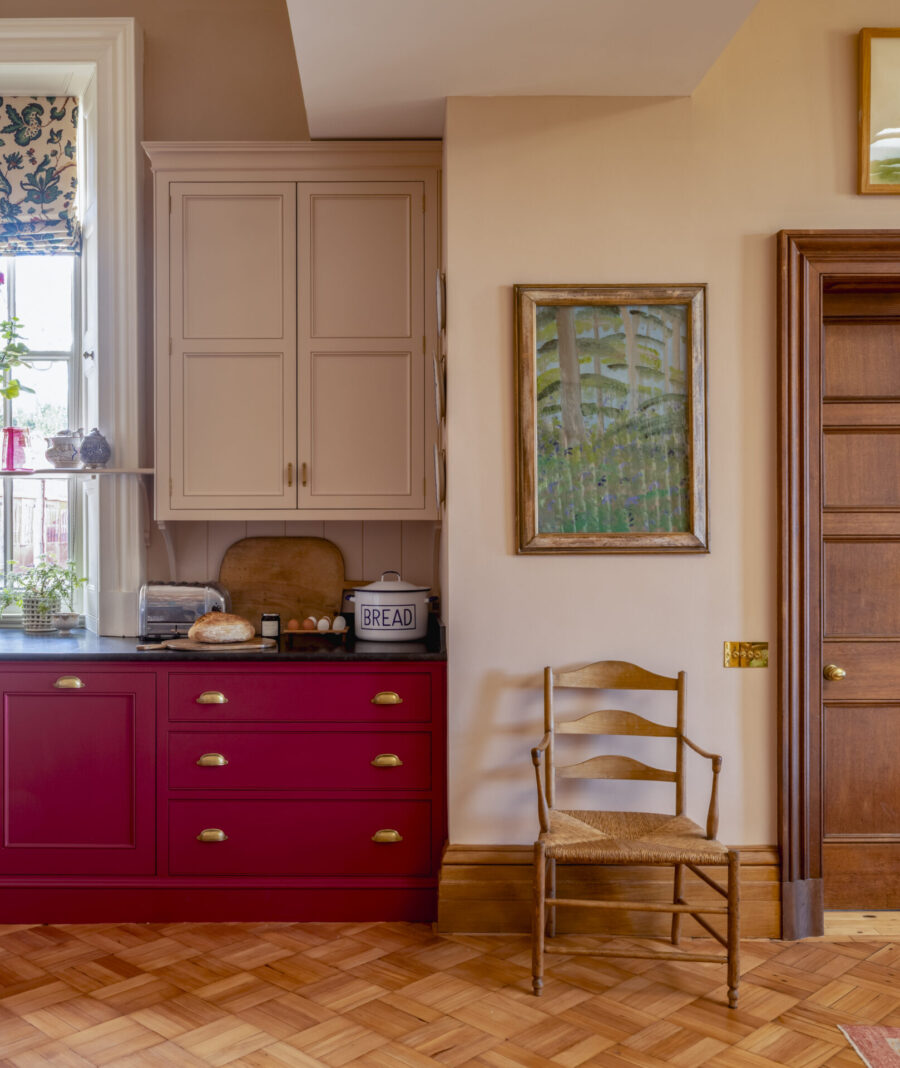
Inspired by estate joinery
“Although we take inspiration from the great periods of English country house architecture, the spaces which really inspire us are those created by the humble estate joiner. The back of house spaces”, explains Nick.
Guild Anderson’s attitude mirrors that of the estate joiner, albeit with a contemporary approach. Their work is well made and good value. The design is considered, understated and devoid of unnecessary flamboyance and cost.
“What we are doing is reinventing the traditional estate joiner, once commonplace but now the preserve of only the grandest of country house estates. Our teams approach every project very much with an estate joinery attitude”, say Nick.
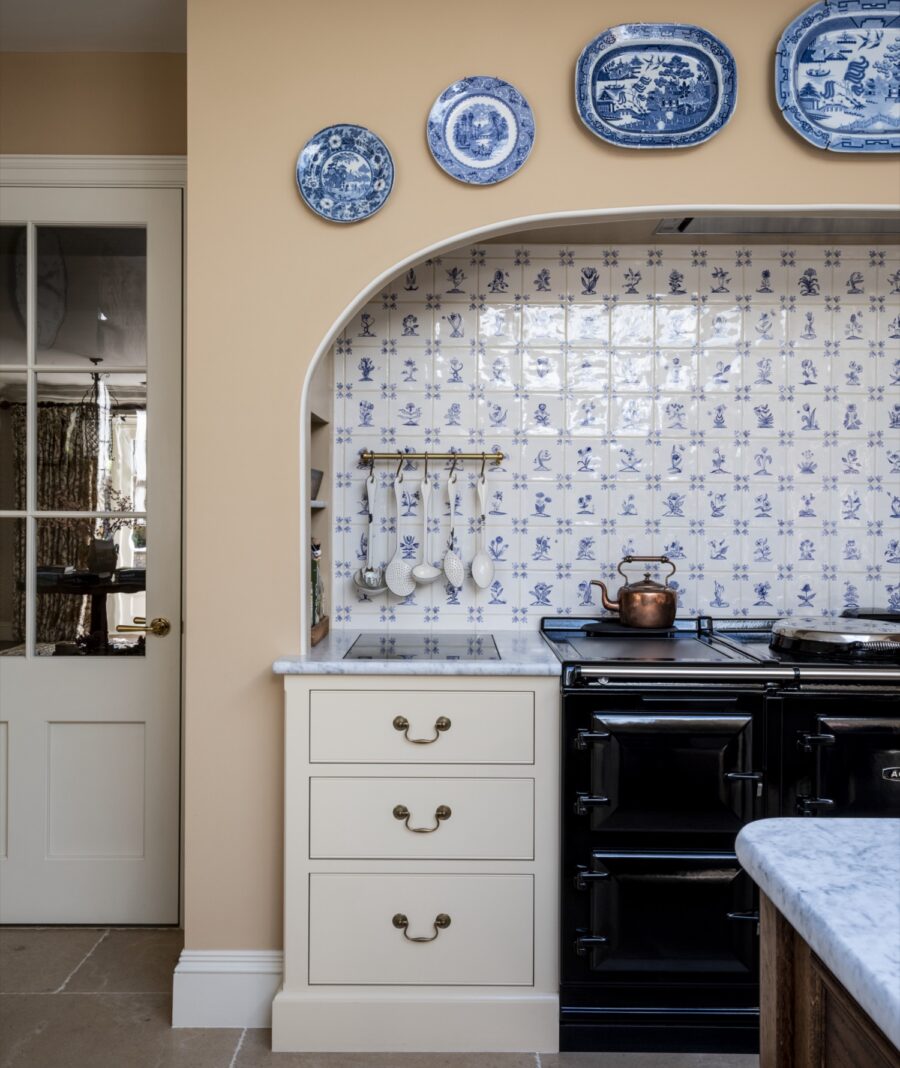
Shaped by architecture
“When our design team designs, it does so in such a way that the furniture is shaped by the architecture it will be surrounded by, not the other way around. Many of the high street brands don’t visit the house they’re designing kitchens for because it won’t make any difference to the final outcome anyway. Their furniture and detail is pre-designed, so the architecture or period of the house won’t make any difference. We have the flexibility and ability to do difficult things, and to do things differently.
“Our design team’s goal is to design spaces which remain relevant to their architectural surroundings for long after we’ve gone; we are drawing from the past but designing for the future. Our makers carry the same attitude; when they make, they do so in such a way that the work will last generations”.
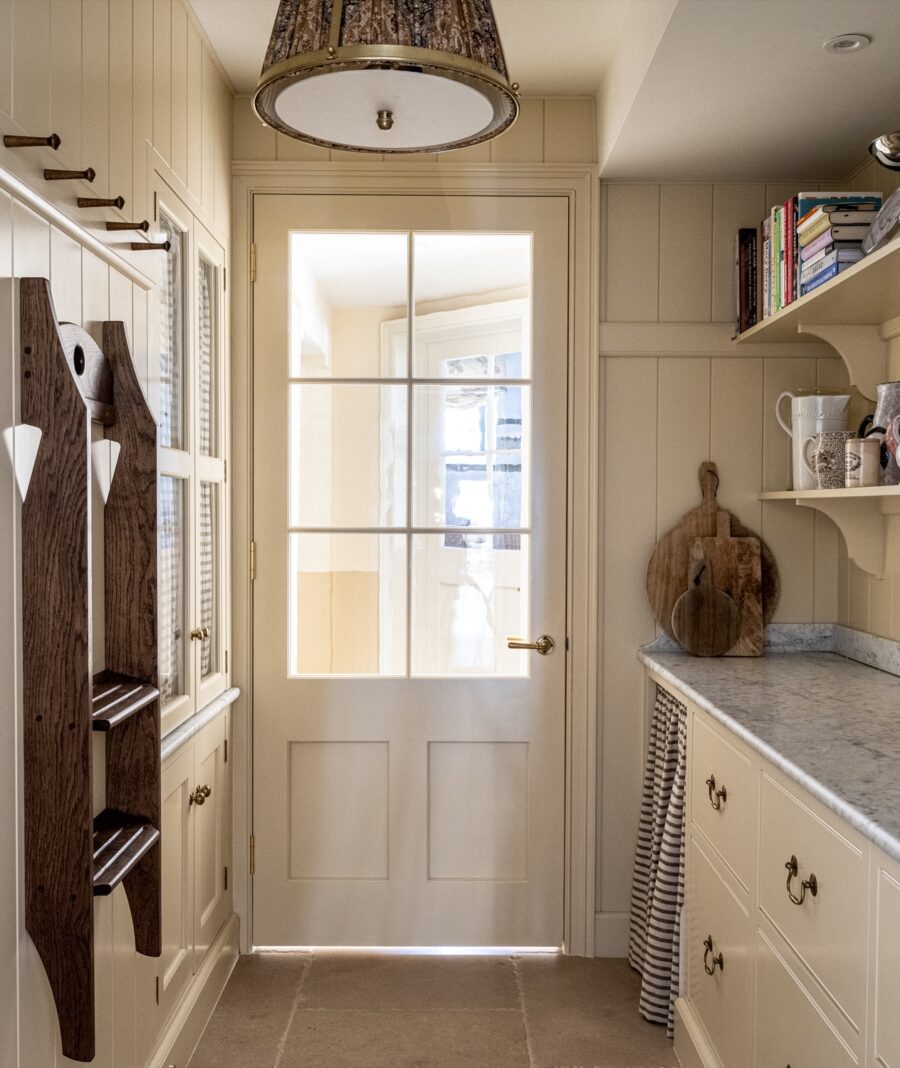
Value through technology
However, Nick is also keen to point out that there are big differences between them and their estate joiner forebears. “Technology has revolutionised and improved how we’re able to deliver great value to clients. Because of this we can bring fresh world thinking to this ancient craft.
For instance, our design software speaks directly to our workshop machinery. This massively speeds up the process while simultaneously improving accuracy and cutting out swathes of unnecessary drawing work which clients no longer have to pay for. We are also able to make the most of modern advances in areas such as glues and fixing systems to create far superior joints in a fraction of the time than ones created by hand 150 years ago. They would have done things very differently if they’d had then what we have now.”
Nick is a realist, not a romantic. “I don’t believe in adding unnecessary and pointless cost to a project. Neither did the estate joiner. Our clients certainly don’t and they shouldn’t be paying for a cabinet maker’s ego trip as they indulge themselves in complicated but now vastly improved methods.”
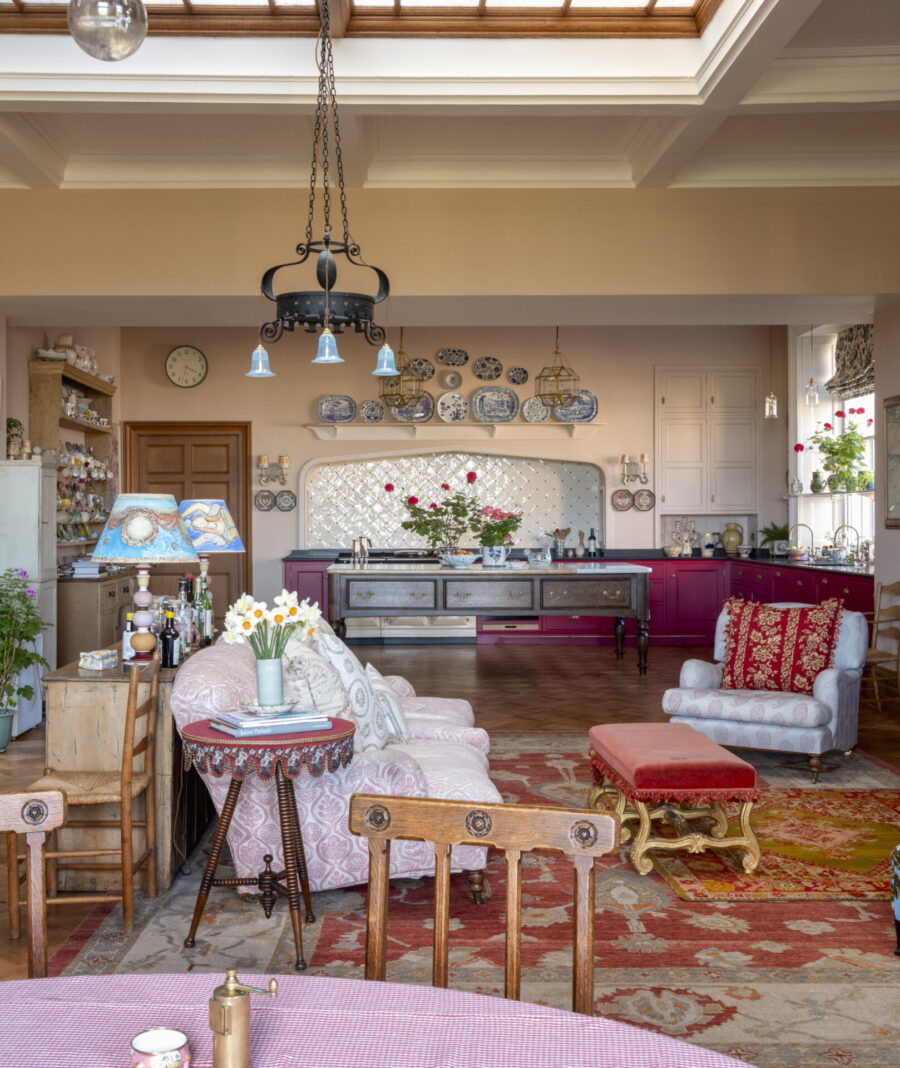
Designed to endure
“Our work is designed to endure” explains Nick. “We want each room to become relevant to its architectural surroundings and remain that way, regardless of what’s in fashion; our clients want something that’s timeless not trendy. They love the idea of a kitchen or set of back of house spaces which look like they have always been there.”
“Take the kitchens at Dunham Massey in Cheshire. They still look great and were created by the estate joiner 150 years ago. For us, it is about fusing durability, resilience, and long-term reliability with sympathetic design to create rooms which last.”
For most of Guild Anderson’s clientele, this will be the most significant property they’ve taken on, and they feel a keen sense of responsibility to get it right. “It’s not just for the family”, concluded Nick. “It’s also for the house. To get it right we must listen to both them and their building. Empathy is the cornerstone of a successful Guild Anderson project”.


